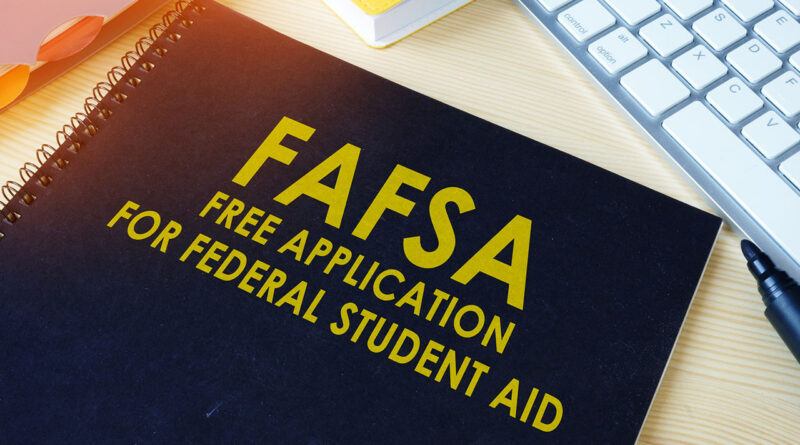Changes to financial aid applications add convenience
Over the years, the Free Application for Federal Student Aid (FAFSA) has undergone several changes, but some of the most significant updates occurred recently, affecting how students apply for federal financial aid. One of the most noticeable modifications is that every student in the 12th grade will need to complete the FAFSA or the CA Dream Act Application (CADAA) if the student is a non-US citizen, or provide an opt-out. This is instructed by Assembly Bill 469.
However, “every student should fill [the form] out anyway in case they change their mind or their plans don’t work out,” recommended College and Career Center counselor Allison Zuckerbrow. FAFSA is a form that has long been a crucial tool for students seeking financial assistance to pay for college or university, but now, filling out the financial aid application or the opt-out form is essentially a graduation requirement for seniors.
Since families who require financial assistance receive it, some of these adjustments are beneficial and actually help students. It’s possible that some students don’t know they qualify for financial aid even though they do. “If it’s required, it makes it so they have an easier time with selecting people if they know how everyone is, because like a lot of student aid or scholarships could go unclaimed and it’ll help the money get claimed,” senior Mateo Castillo noted.
To improve the convenience of the form, it has been shortened from 108 questions to 36. This will hopefully prove the form to be more straightforward to complete. It will eliminate tax-related questions because it will pull information directly from the family’s tax return statements.
A question asking whether additional siblings also attend college has also been removed. “The administration right now, it feels like they’re doing a lot of student loan forgiveness and they’re trying to make college more accessible and that’s been the trajectory so this feels like a departure from that,” commented social studies teacher Paolo Espiritu, not seeing the benefits from this change.
Low-income households will only be marginally affected by this alteration, but middle- to high-income families would be significantly affected. While higher-income families will only have their wealth taken into account and not the support they need to provide for their other children who may be enrolled in college, lower-income families will still receive a significant amount of aid, which will contribute assistance to other college students.
This year’s application opens in late December as opposed to previous years’ starting day on Oct. 1. Depending on whether you are submitting a federal, state, or college application, there will be several deadlines. The college deadline will typically be considerably sooner, at the start of February, but it varies every campus. The priority date for Cal grants is March 2, and the final deadline is April 2. The deadline for the first year of community college for free is June 1, and June 30 will be the year’s last deadline.
Recent FAFSA changes aim to improve access to financial aid, but concerns arise over the removal of certain questions, which can impact different families. As FAFSA keeps changing, balancing accessibility and fairness will remain a clear challenge.

